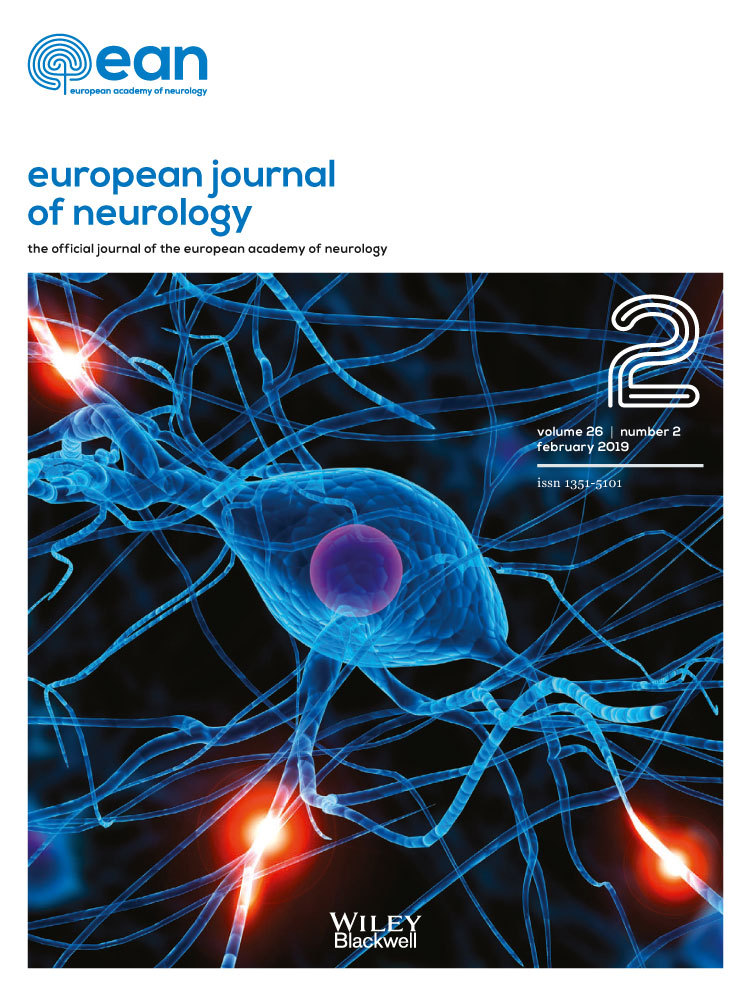Clopidogrel may decrease the risk of post-stroke infection after ischaemic stroke
Abstract
Background and purpose
The P2Y12 receptor, a well-known factor in the platelet activation pathway, plays a role in thrombosis as well as systemic inflammation. Clopidogrel, a prototype P2Y12 receptor antagonist, reportedly decreases inflammation and systemic infection. The aim of this study was to evaluate whether clopidogrel use decreases the risk of post-stroke infection following ischaemic stroke.
Methods
A total of 1643 patients with acute ischaemic stroke (within 7 days after onset) were included for analysis between March 2010 and December 2015. Patients were categorized into two groups (clopidogrel users versus clopidogrel non-users), and clinical characteristics and risks of post-stroke infection were compared between the two groups. The inverse probability of treatment weighting using propensity scores for baseline imbalance adjustments was applied.
Results
Of the included patients (mean age 67.7 years; men 60.6%), 670 (40.8%) patients were clopidogrel users and 164 (10.0%) patients had post-stroke infection. The proportion of patients with post-stroke infection was significantly lower in clopidogrel users compared to clopidogrel non-users (6.7% vs. 12.2%, P ≤ 0.001). Moreover, clopidogrel users were less likely to be admitted to the intensive care unit (13.3% vs. 35.3%, P = 0.006). A multivariate analysis with inverse probability of treatment weighting revealed that clopidogrel users exhibited a lower risk of post-stroke infection (odds ratio 0.56, 95% confidence interval 0.42–0.75) and intensive care unit admission (odds ratio 0.34, 95% confidence interval 0.22–0.53).
Conclusions
The study suggested that clopidogrel users exhibit a lower risk of infection and develop less severe infections after ischaemic stroke. Further prospective studies are needed.
Disclosure of conflicts of interest
The authors declare no financial or other conflicts of interest.




